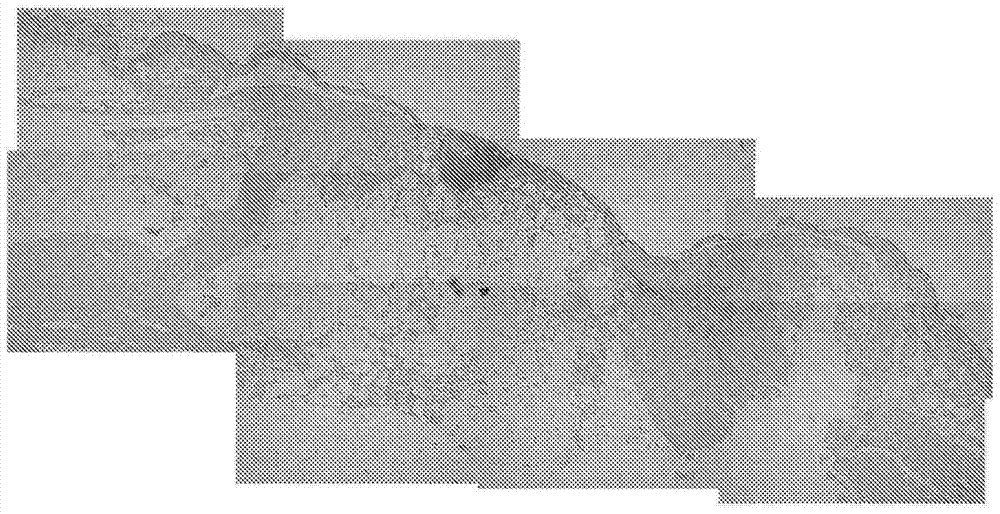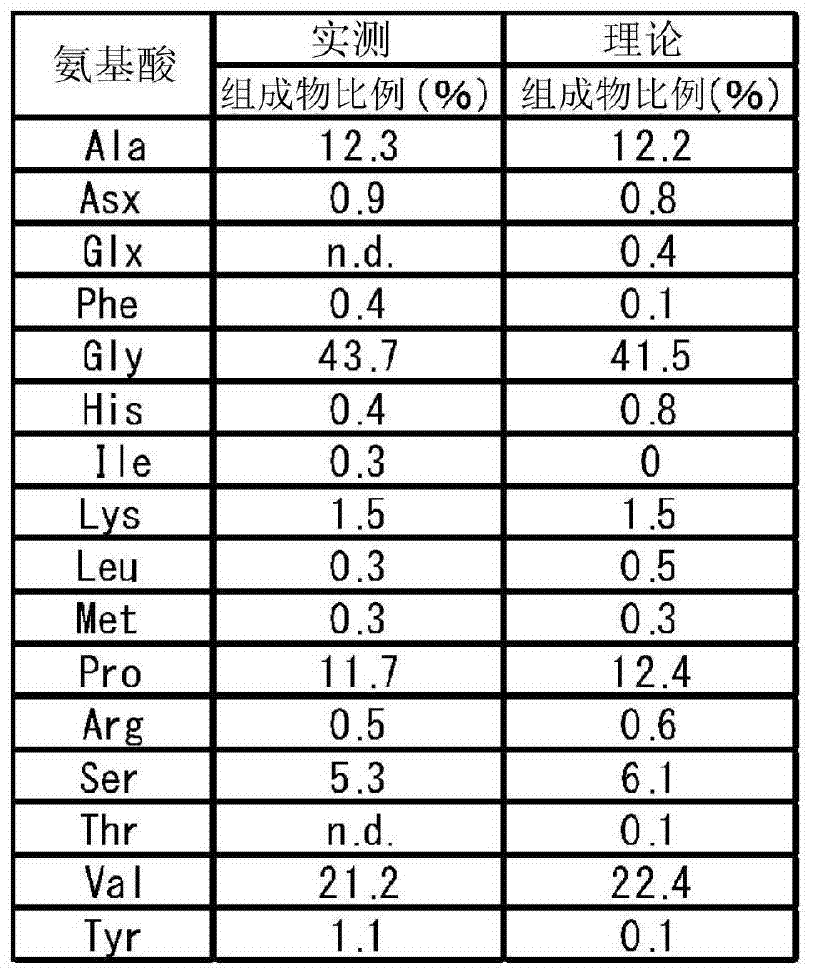Material for tissue regeneration, aqueous protein solution containing same, and method for gelling same
A protein aqueous solution and tissue regeneration technology, applied in the fields of peptide/protein components, chemical instruments and methods, animal/human proteins, etc., can solve the problems of bacterial infection, easy proliferation and deterioration of bacteria, and achieve inhibition of bacterial proliferation and granulation tissue formation. or excellent effect of promoting epithelialization
- Summary
- Abstract
- Description
- Claims
- Application Information
AI Technical Summary
Problems solved by technology
Method used
Image
Examples
manufacture example 1
[0127] ○Production of SELP8K polymer
[0128] Plasmid pPT0345 encoding SELP8K was prepared according to the method described in the Examples of Japanese Patent No. 4088341.
[0129] The produced plasmid was transformed into Escherichia coli to obtain a SELP8K production strain. A method for producing a SELP8K polymer using a SELP8K producer strain is shown below.
[0130] An overnight culture solution of a SELP8K producer strain grown at 30° C. was used to inoculate 50 ml of LB medium in a 250 ml flask. Kanamycin was added to a final concentration of 50 µg / ml, and the culture solution was cultured at 30°C with stirring (200 rpm). When OD600 of the culture solution was 0.8 (absorbance meter UV1700: manufactured by Shimadzu Corporation), 40 ml was transferred to a flask previously warmed to 42° C., and cultured at the same temperature for about 2 hours. The culture was cooled on ice, and the OD600 of the culture solution was measured. Escherichia coli was collected by centri...
manufacture example 2
[0141] In Production Example 1, except that "plasmid pPT0345 encoding SELP8K" was used instead of "plasmid pPT0345 encoding SELP0K", an artificial protein polymer (A-2) having a molecular weight of about 82 kDa sequence (12) was obtained in the same manner .
manufacture example 3
[0143] In Production Example 1, the artificial protein polymer (A -3).
PUM
| Property | Measurement | Unit |
|---|---|---|
| Apparent molecular weight | aaaaa | aaaaa |
| Molecular weight | aaaaa | aaaaa |
Abstract
Description
Claims
Application Information
 Login to View More
Login to View More - R&D
- Intellectual Property
- Life Sciences
- Materials
- Tech Scout
- Unparalleled Data Quality
- Higher Quality Content
- 60% Fewer Hallucinations
Browse by: Latest US Patents, China's latest patents, Technical Efficacy Thesaurus, Application Domain, Technology Topic, Popular Technical Reports.
© 2025 PatSnap. All rights reserved.Legal|Privacy policy|Modern Slavery Act Transparency Statement|Sitemap|About US| Contact US: help@patsnap.com



